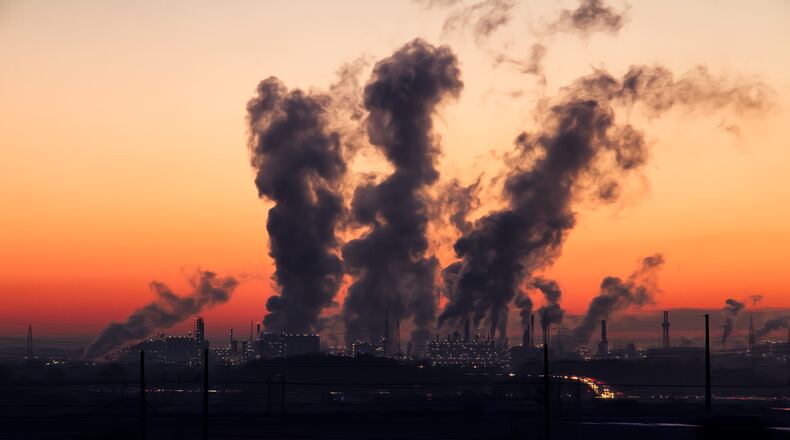Sea level rise hit a new high, land and ocean temperatures reached a near record high and sea ice coverage fell to a record low. Those are just a few of the findings in the 28th annual State of the Climate report, according to the National Oceanic and Atmospheric Administration, or NOAA.
Last year was the third hottest year on record after 2016 and 2015, respectively, the report, billed as an "annual checkup for the planet, found.
The annual survey, which offers insight into global climate indicators and extreme weather events, is led by scientists with NOAA's National Centers for Environmental Information and is based on the contributions from 500 scientists in 65 countries, the agency said.
The findings in the report show how climate change is impacting the globe and some of the disturbing trends scientists are seeing in the world's oceans, polar regions and atmosphere.
For example, concentrations of greenhouse gases in the atmosphere were at the highest recorded levels in 2017 at 405 parts per million in the 38-year global climate record and compared to ice core research dating back 800,000 years.
Sea level rise also hit a new high at 3 inches higher than the 1993 average. The world's oceans are rising at an average rate of 1.2 inches every decade, the survey found.
Credit: The Bulletin of the American Meteorological Society
Credit: The Bulletin of the American Meteorological Society
Other disturbing environmental trends recorded in this year's report includes a near-record high for combined land and ocean surface temperature, a near-record high for ocean temperatures, record low sea ice in the Arctic and Antarctic, a slightly higher number of tropical cyclones and unprecedented multi-year coral reef bleachings and death.
The 2017 Climate of the Climate report was published in the Bulletin of the American Meteorological Society.
About the Author
The Latest
Featured



